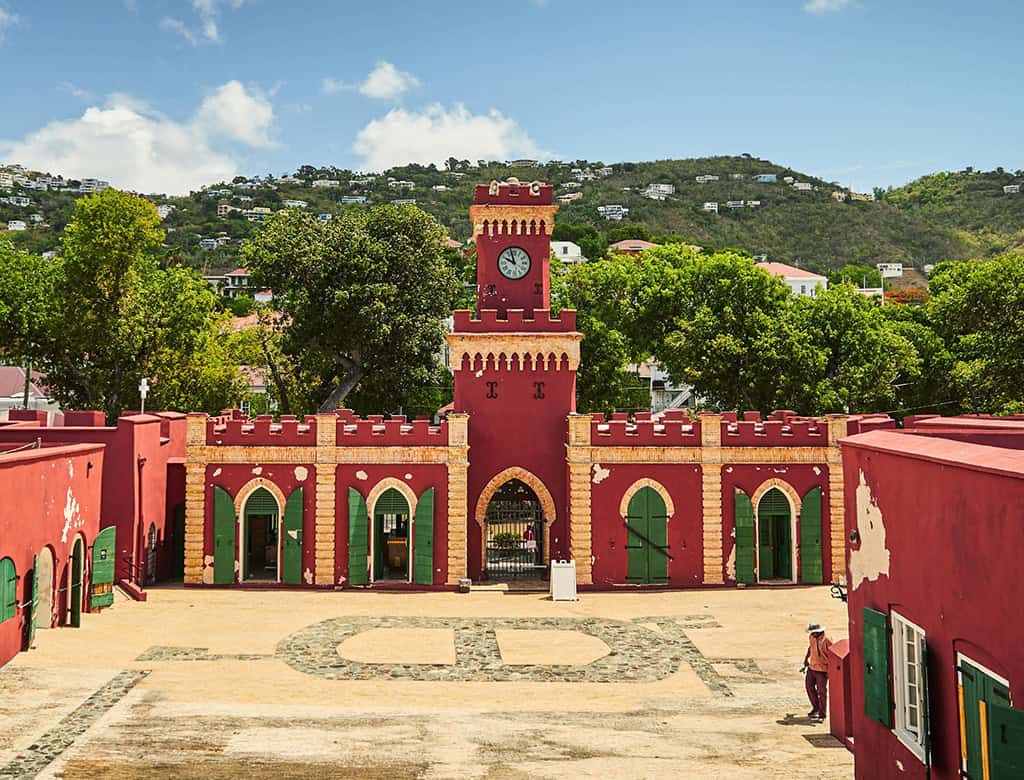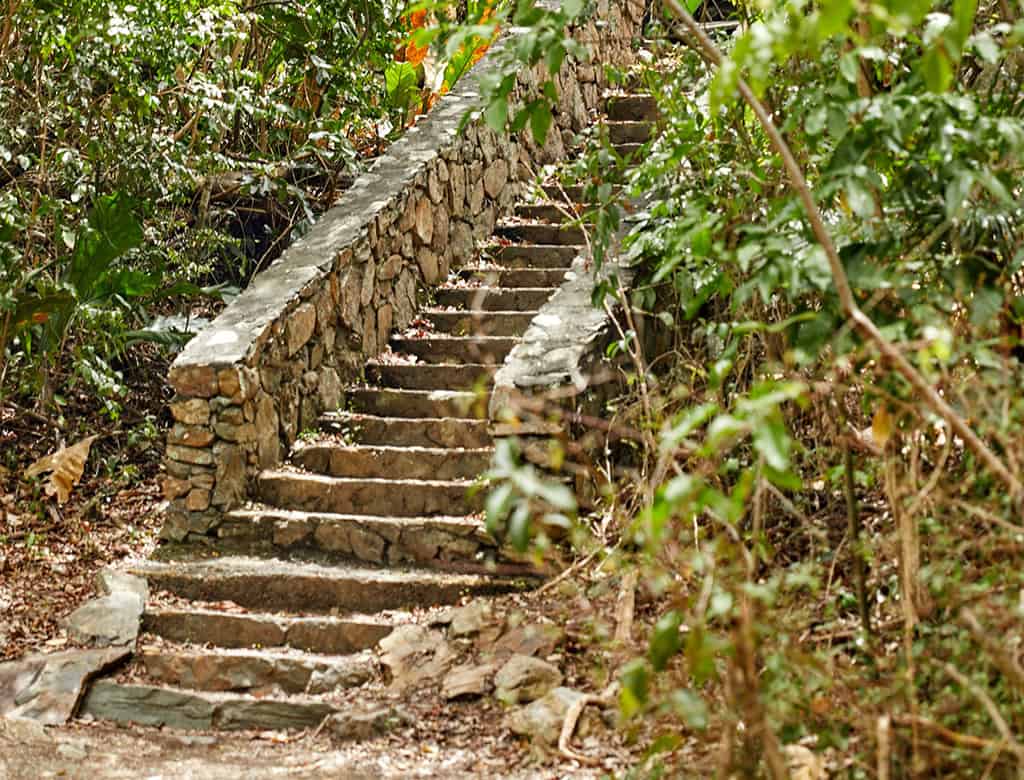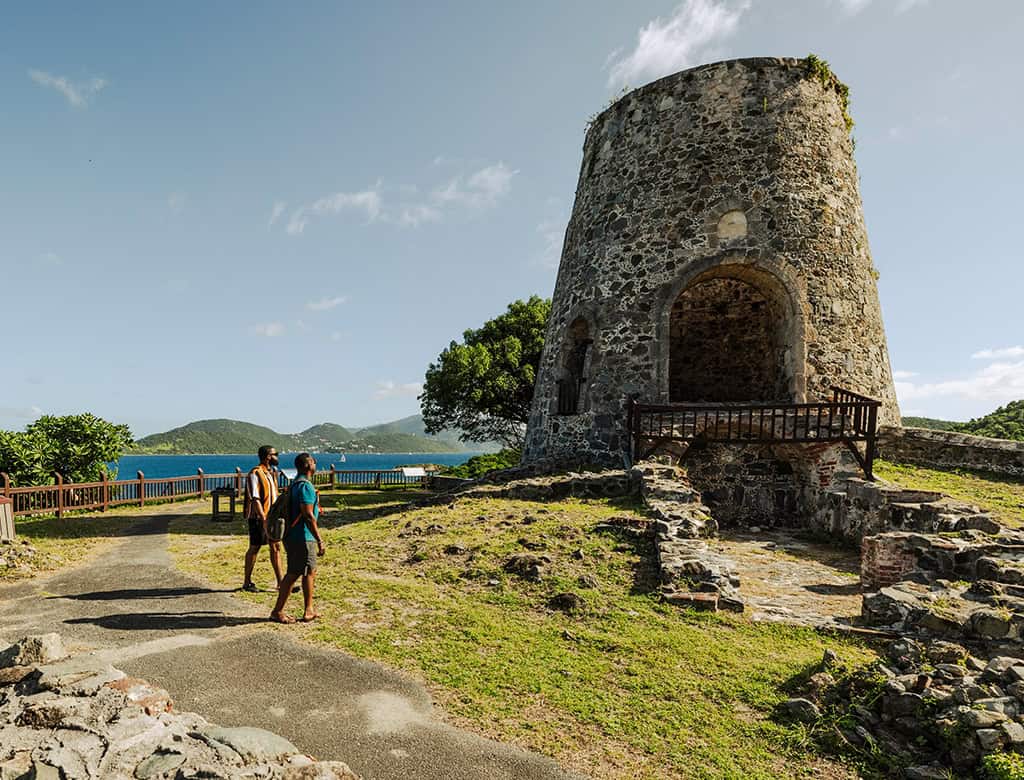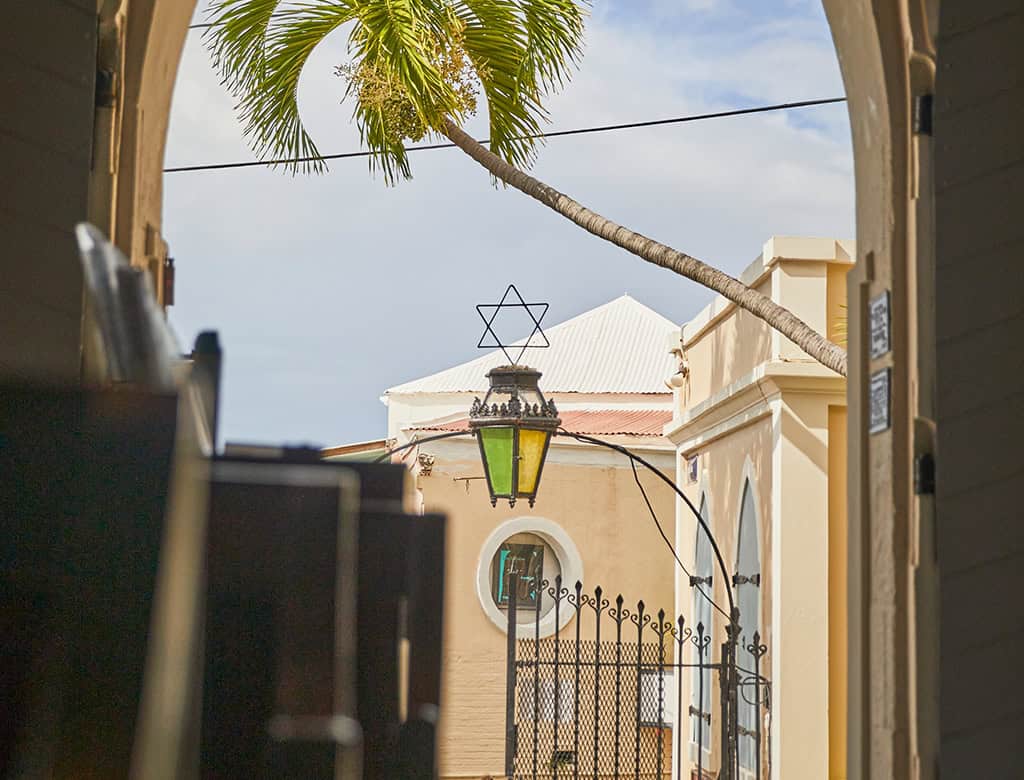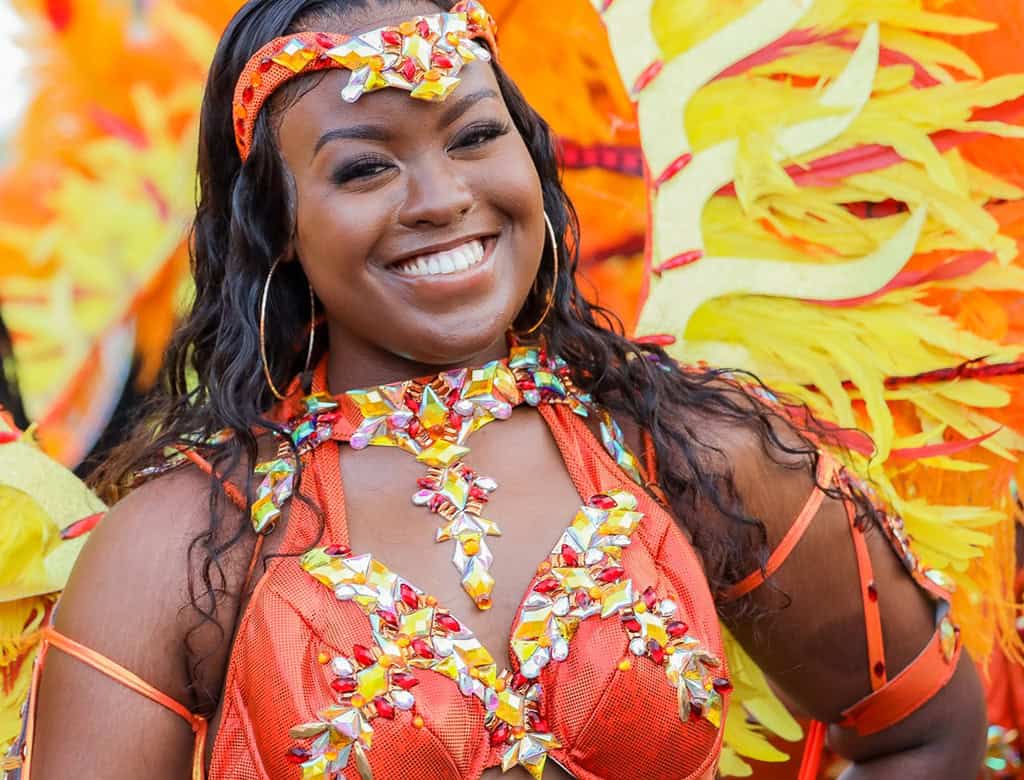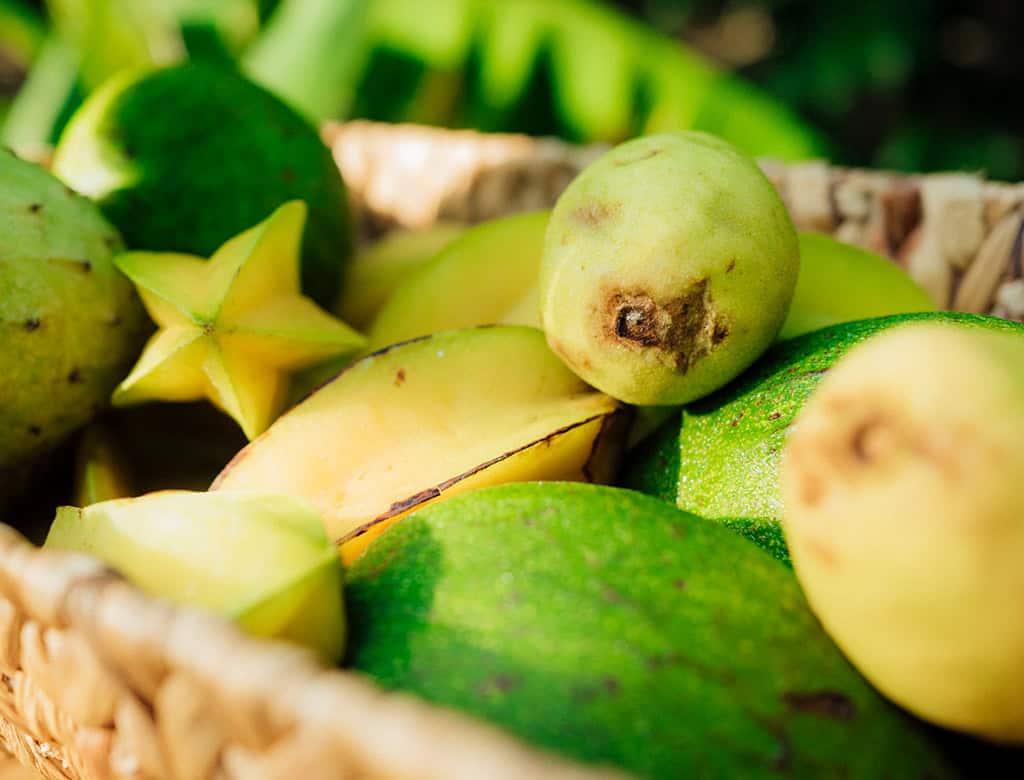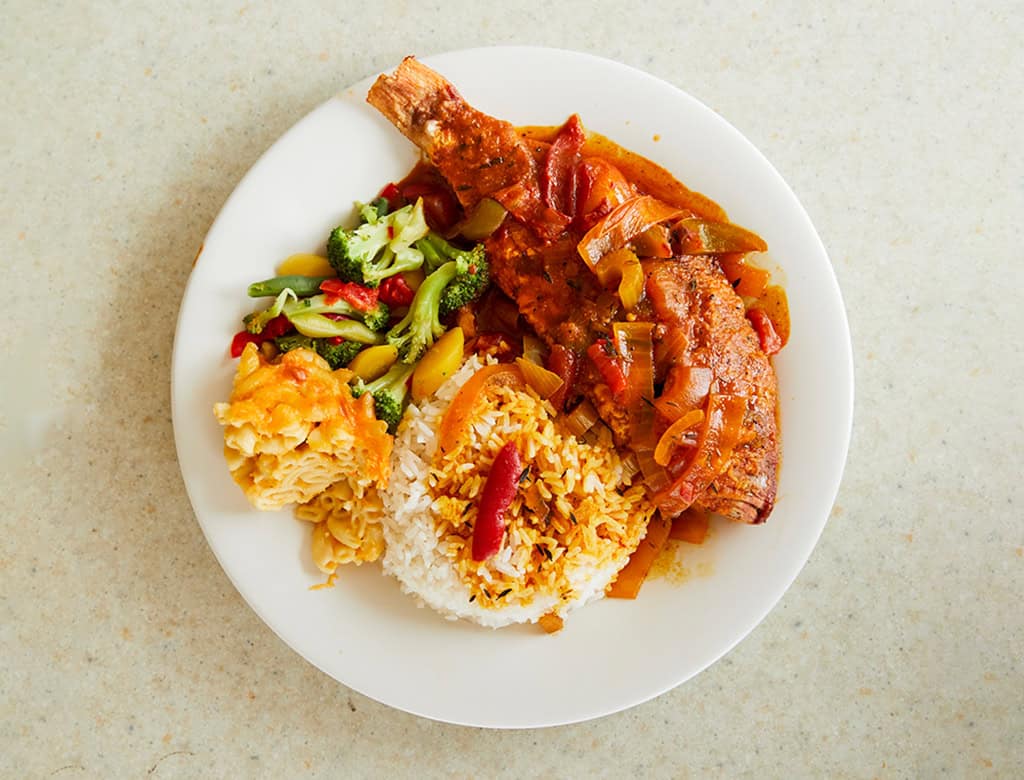U.S. Virgin Islands History and Culture
These gems studding the stunning blue waters of the Caribbean Sea are the longtime home of Indigenous peoples and have lured explorers from around the world for centuries. You can experience this U.S. Virgin Islands’ rich history in a variety of ways, such as Taíno petroglyphs on St. John, 18th-century Danish colonial architecture and Danish street names. Our festive carnivals and events immerse visitors in our culture, as do local fruits and traditional dishes at farmers markets and family-run restaurants. Explore even more of our past at plantation museums and ruins, massive forts and historical houses of worship.
USVI Historical Experiences
island
Showing of Results

